[Safe Elevator Riding Guide] Extreme weather (heavy rain/earthquakes/high temperatures), Foreground Optoelectronics smart solutions meet the challenges!
Release Time:
2025-07-15 09:22
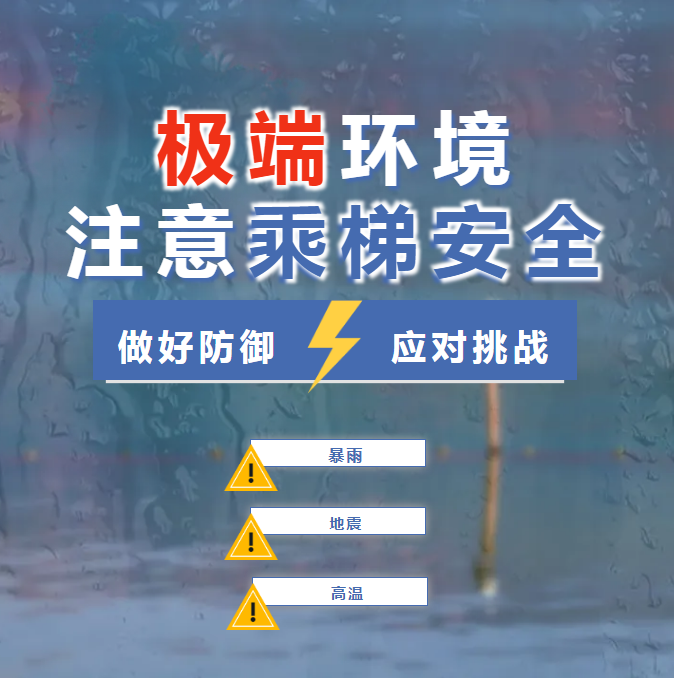
Torrential rain, sudden earthquakes, continuous high temperatures... extreme environments not only affect our lives but also pose severe challenges to the safe operation of elevators. Master scientific elevator knowledge, take necessary protective measures, and make every elevator ride safer.
Please keep this elevator guide for extreme environments. Furthermore, Foresight Optoelectronics' three "hardcore" devices make elevator travel safer, more efficient, and greener!
Heavy Rain Safe Elevator Use
Heavy rain is a weather phenomenon characterized by extremely high precipitation within a short period. China's meteorological departments stipulate that rainfall of ≥50 millimeters within 24 hours is defined as heavy rain. When heavy rain is too intense, lasts too long, or occurs in areas with weak urban drainage systems or mountainous geographical environments, it is highly likely to trigger disasters such as urban waterlogging, floods, and mudslides.
First observe: check for signs of water accumulation at building entrances and in elevator lobbies.
Cleverly avoid: If water accumulation or leakage is found in the elevator lobby or surrounding areas, do not use the elevator.
During the ride: If you feel anything unusual inside an operating elevator (e.g., strange noises/increased shaking/elevator stop), remain calm and use the emergency alarm device to call for help.
Heavy rain may lead to water ingress in elevator machine rooms and pits, causing electrical short circuits, safety component failures, and other hidden dangers.
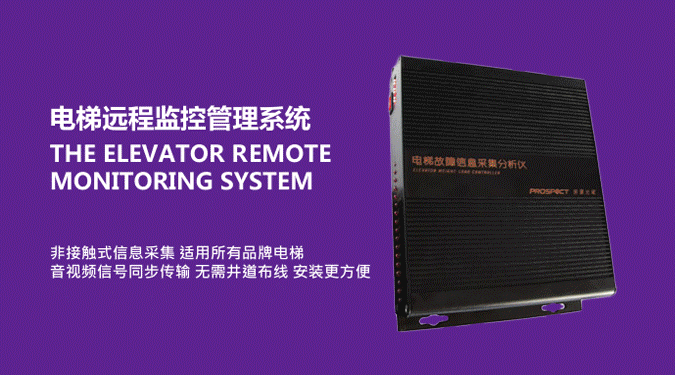
Foresight Optoelectronics 『 Elevator Remote Monitoring and Management System』
Can monitor elevator operational status in real-time. The fault acquisition device connected to sensors can collect and analyze 11 common elevator faults, and also features extended functions such as maintenance sign-in, voice comforting, voice intercom, and video surveillance. It achieves remote diagnosis, fault pre-warning, and optimized maintenance.
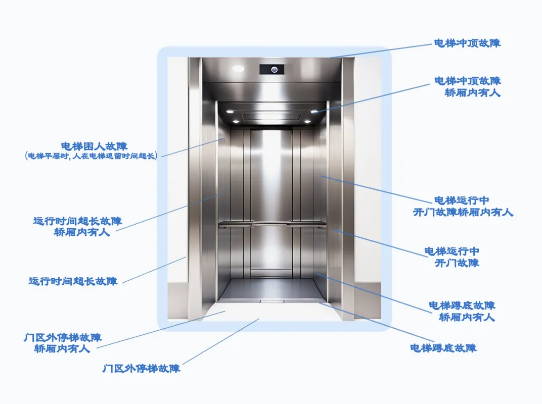
The Elevator Remote Monitoring and Management System is like equipping elevators with "all-seeing eyes" and "all-hearing ears," solving problems such as delayed fault detection, low repair efficiency, difficulty in anticipating safety hazards, and high management costs under traditional models.
Sudden Earthquake Do Not Use Elevator
An earthquake is a natural phenomenon that causes vibrations during the rapid release of energy from the Earth's crust. When an earthquake is too high in magnitude, has a shallow focus, or occurs in densely populated cities or areas with weak building seismic resistance, it is highly likely to trigger secondary disasters such as building collapses, ground ruptures, landslides, and tsunamis.
During an earthquake: Please do not use the elevator! Choose a safe place nearby (indoors: such as under a sturdy table/corner of a load-bearing wall; outdoors: open areas away from tall buildings/billboards/utility poles) to take cover. After an earthquake: Do not rush to use the elevator! You must wait until the property management or elevator maintenance unit issues a safety notice before resuming use.
If you are inside an elevator during an earthquake, remain calm. If the elevator does not stop automatically and is running smoothly, you can try pressing all floor buttons to try and stop at the nearest floor and evacuate quickly; if the elevator has stopped, do not attempt to pry open the door yourself. Immediately use the emergency alarm device to call for help and wait for rescue.
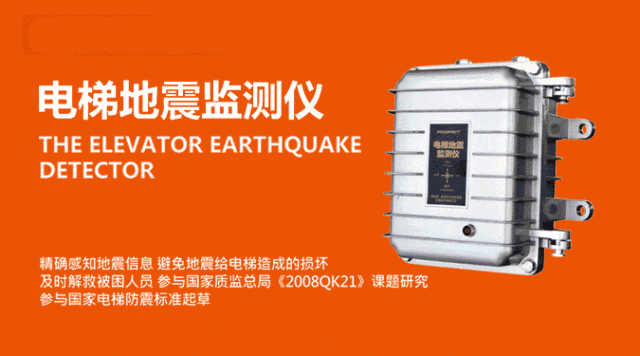
Foresight Optoelectronics 『 Elevator Seismic Monitor』
Can be used in conjunction with elevator control systems to effectively put elevators into controlled operation before or during an earthquake. When an earthquake occurs, the elevator seismic monitor detects seismic waves and outputs alarm contacts for the elevator control system to use. The elevator control system, based on the contact status, makes the elevator level and open its doors at the nearest floor, releasing passengers from the elevator.
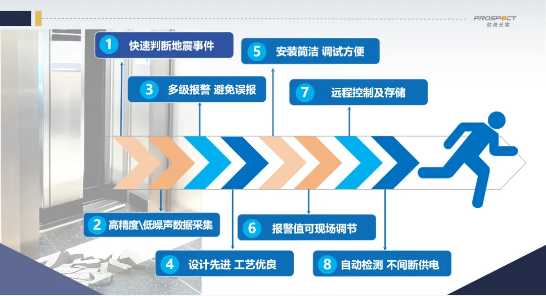
Every second counts during an earthquake! The elevator seismic monitor can effectively reduce the risk of passengers being trapped in the car due to an earthquake, gaining valuable escape time for them.
High Temperature Weather Safe Elevator Use
High temperature is an extreme weather phenomenon caused by an abnormal increase in atmospheric temperature. When high temperatures persist for too long, exceed equipment tolerance thresholds, or occur in buildings with poor ventilation, or in places where elevator machine room cooling systems are aging, it is highly likely to cause safety problems such as elevator operational stagnation, electrical component overheating and burnout, and brake system failure.
Pay attention to elevator operational status and provide timely feedback: If an elevator machine room remains in a high-temperature state for a long time, it can easily lead to circuit overheating, potentially causing electrical component failures, which in turn may result in unresponsive buttons, sudden power outages leading to emergency stops, or even entrapment. Therefore, effective measures must be taken to reduce the ambient temperature in the machine room and ensure effective heat dissipation for elevator equipment to guarantee safe and stable elevator operation.
China's standards require that "the air temperature inside elevator machine rooms should be maintained between 5 and 40℃." When the temperature exceeds 40℃, temperature control equipment such as air conditioners or fans need to be turned on in the machine room to assist heat dissipation, effectively lowering the temperature and maintaining normal working conditions.
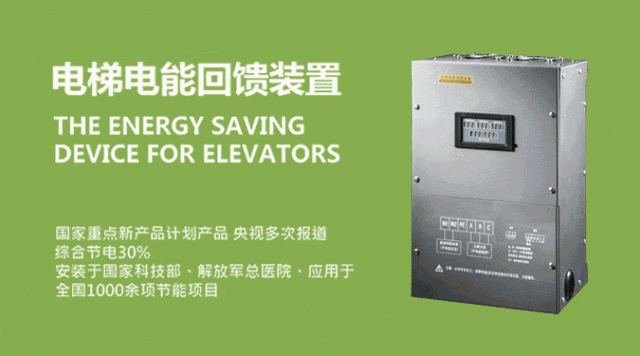
Foresight Optoelectronics 『 Elevator Energy Regeneration Device』
It can convert the electrical energy generated by the traction machine under unbalanced load conditions through inversion into AC power that is in sync and phase with the power grid, returning it to the local power grid. This power is then used by the elevator's main board, car lighting, car fan, and other nearby loads (or other elevators and auxiliary equipment).
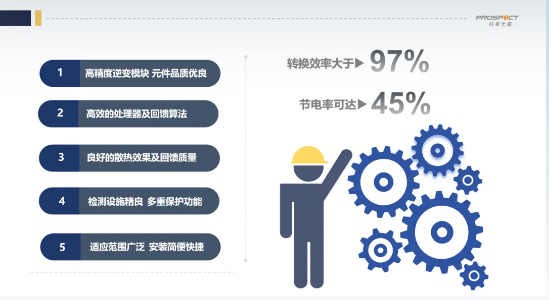
While saving electricity, the absence of resistive heating elements can lower the machine room temperature, thereby reducing the energy consumption of machine room air conditioners or fans, achieving secondary energy savings. This not only effectively "cools down" the elevator system but also reduces overall energy expenditure, serving as an energy-saving and consumption-reducing tool that aids in low-carbon environmental protection and practices green development.
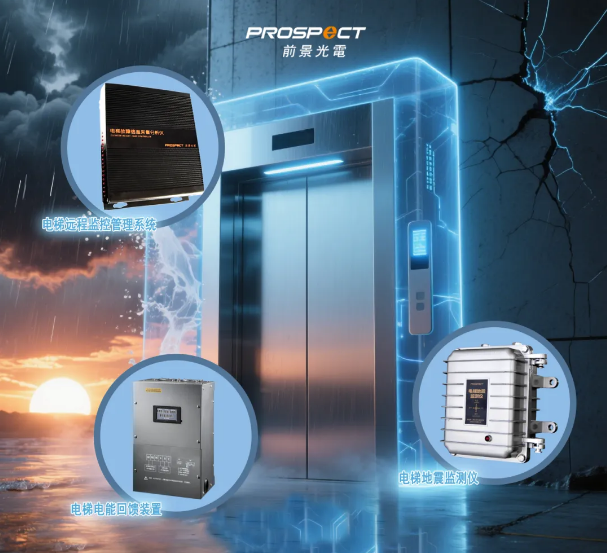
When extreme environments such as heavy rain, earthquakes, and high temperatures strike,
every elevator ride may conceal unknown risks.
Master the correct elevator knowledge,
and even more, technological power adds to safety ——
Foresight Optoelectronics Smart elevator solutions,
build a "technological defense line" for elevators,
guard elevator safety, ensuring peace of mind is always online!


 中文版
中文版 ENGLISH
ENGLISH
